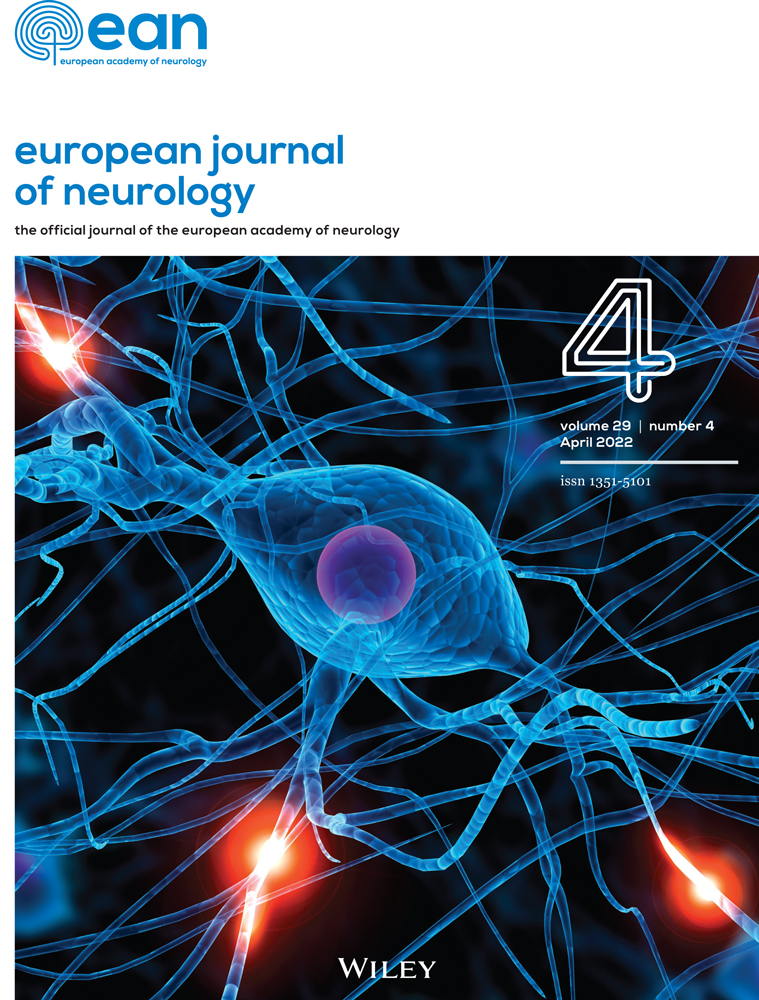Impact of HIV impact on outcomes of deep-brain stimulation of the subthalamic nucleus for Parkinson’s disease
Abstract
Background and purpose
Middle-aged persons living with HIV (PLHIV) have a heightened risk of more concomitant age-related comorbidities that are acknowledged as signs of poorer prognosis after deep-brain stimulation of the subthalamic nucleus (STN-DBS) at younger-than-expected ages. To assess the beneficial and adverse effects of STN-DBS in PLHIV with Parkinson's disease (PD).
Methods
We retrospectively included nine PLHIV with PD who had sustained virological control. Patients were followed up for 7 ± 4 years.
Results
Patients’ mean ages at PD onset and STN-DBS were 45 ± 15 and 53 ± 16 years, respectively. At STN-DBS, mean HIV infection and PD durations were 15 ± 12 and 8 ± 4 years, respectively. STN-DBS significantly improved 1-year Unified Parkinson's Disease Rating Scale (UPDRS)-III scores (71%), daily off-time (63%), motor fluctuations (75%) and daily levodopa-equivalent dose (68%); mean 5-year UPDRS-III score and motor fluctuation improvements remained ~45%. Impulse control disorders (affecting 6/9 patients) fully resolved after STN-DBS. Postoperative course was uneventful. No serious adverse events occurred during follow-up.
Conclusion
Our findings indicate that STN-DBS is a safe and effective treatment for PLHIV with PD.
CONFLICT OF INTEREST
None.
Open Research
DATA AVAILABILITY STATEMENT
Anonymized data will be shared on request by any qualified investigator provided that data transfer is in agreement with EU legislation on general data-protection regulations.




